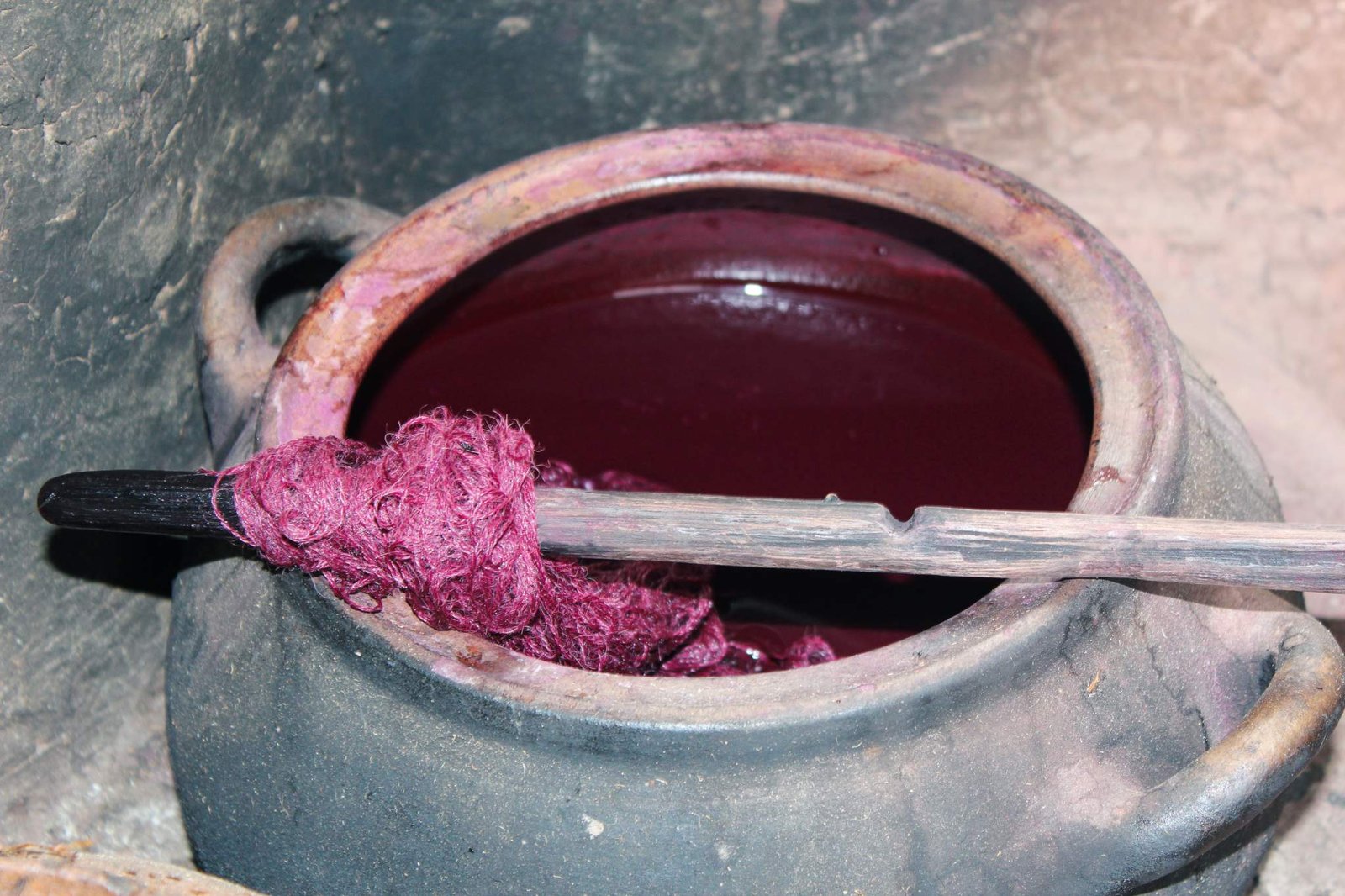
Peru Natural Fabric Dyes : Ancient Secrets Revealed
Natural fabric dyes are becoming popular again as eco-conscious products are more in demand. Natural, sustainable dyes have been used since the beginning of textile crafting, and they’re seeing a revival in the modern world, although they’ve never gone out of use in many places around the world, such as Peru, which has a rich textile culture.
Natural Fabric Dyes traditions in Peru
Natural dyes created from plants were the only option until the mid-19th century, when synthetic aniline dyes were created. Here we’ll take a look at some of the benefits and drawbacks of using natural dyes, as well as look at the sources for different colors that are used in Peru and the Andes.
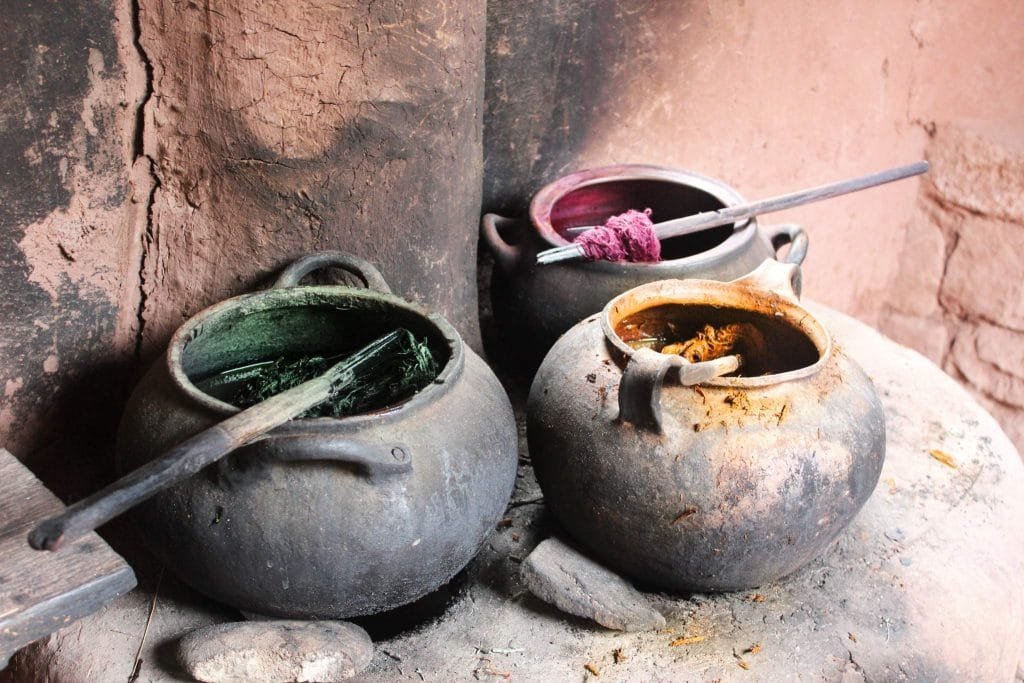
Benefits of natural fabric die
Natural dyes come in many vibrant colors. They’re biodegradable and usually non-toxic and non-allergenic. They’re extracted from plants, including fruits and flowers.
Many of these dyes also have other properties which make them beneficial. Some of them have antimicrobial properties, and they provide additional UV protection, keeping your skin safe from harmful sun rays.
The downside of natural dyes is that today they’re generally more expensive than synthetics. They’re also difficult to standardize, since they’re made with imprecise processes. Color development can vary significantly depending on the material being dyed. These dyes are also sometimes less permanent, and more susceptable than synthetic dyes to fading due to exposure to the sun, sweat, and air.
Blue indigo is probably the oldest used dye. There are records of its use dating to before 3000 B.C. Around 2000 B.C., an important development was made in fabric dyeing: the invention of mordanting, which combines other substances with dyes in order to make the dyes more permanent.
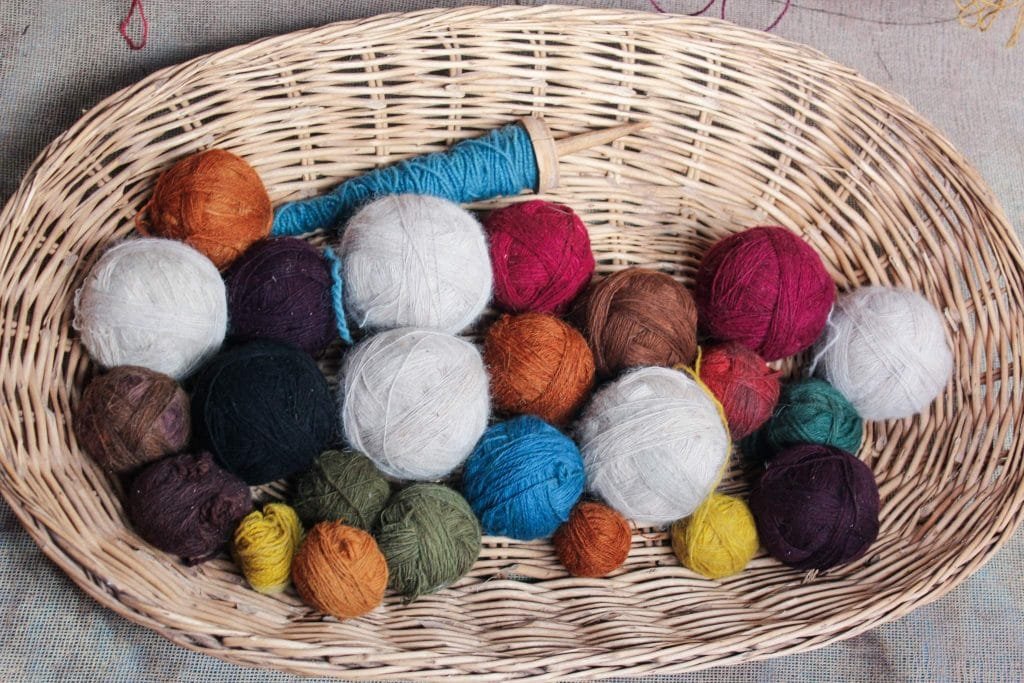
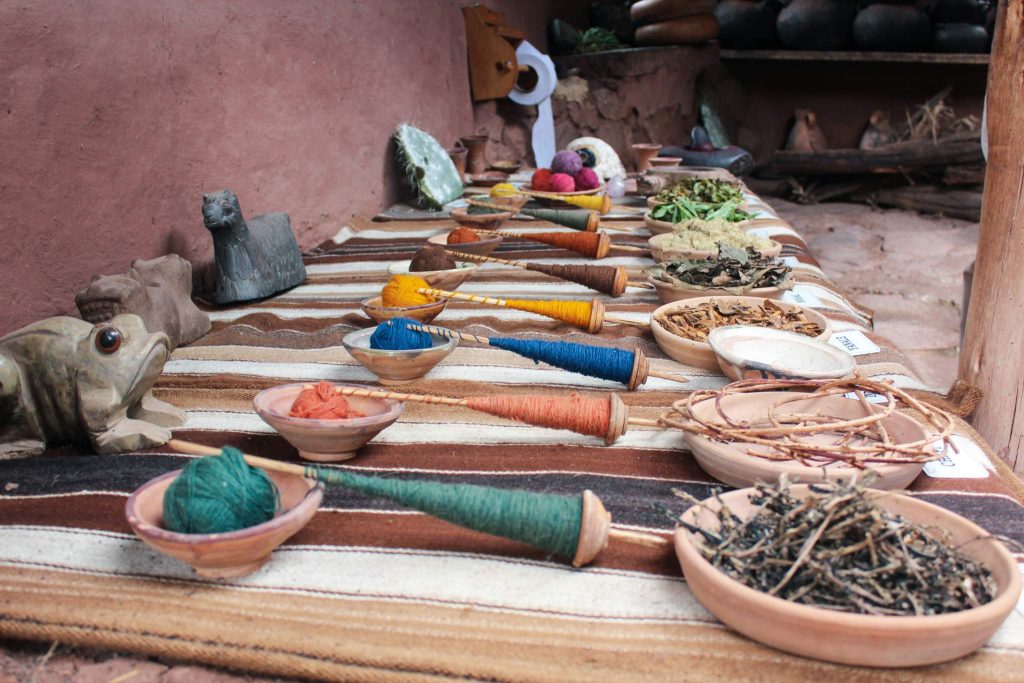
How to get RED natural die
Red is an important color in the Andean culture, and it plays a large role in traditional colors and patterns. Red is the brightest, most saturated color that can be produced with natural dyes. One of the common sources of red dye is cochineal, which comes from a scale insect related to aphids. This insect is found on prickly pear cactus plants. They are harvested and dried, then ground into a fine powder. This is then added to water and boiled, mixed with additives in order to fix the dye, making it colorfast. Cochineal can be used in different ways to create a variety of colors, including reds, pinks, and even blues and purples.
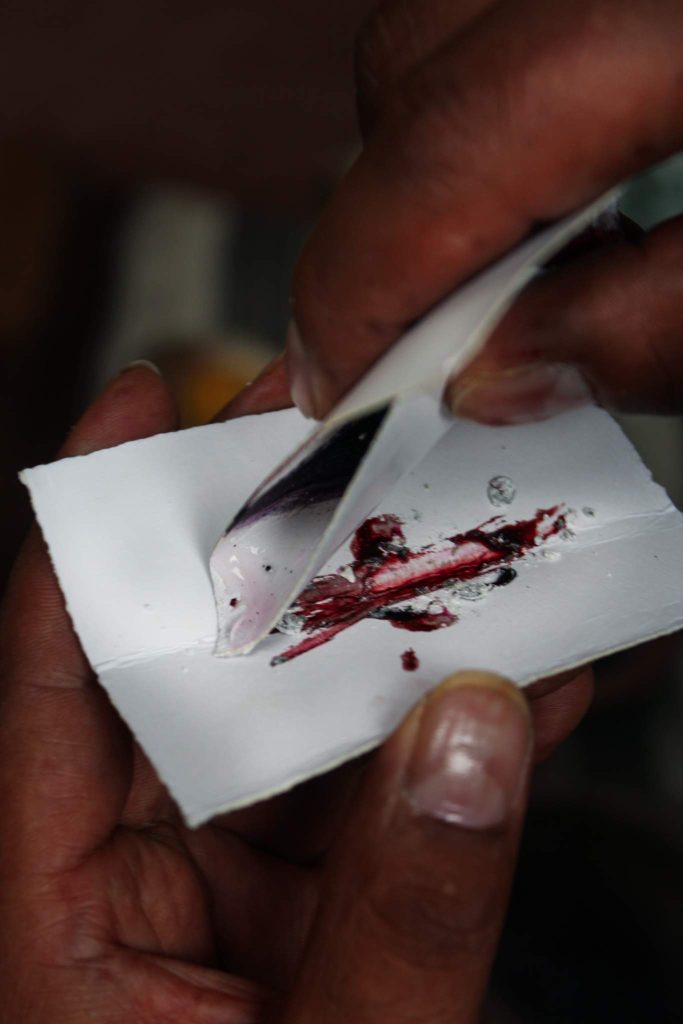
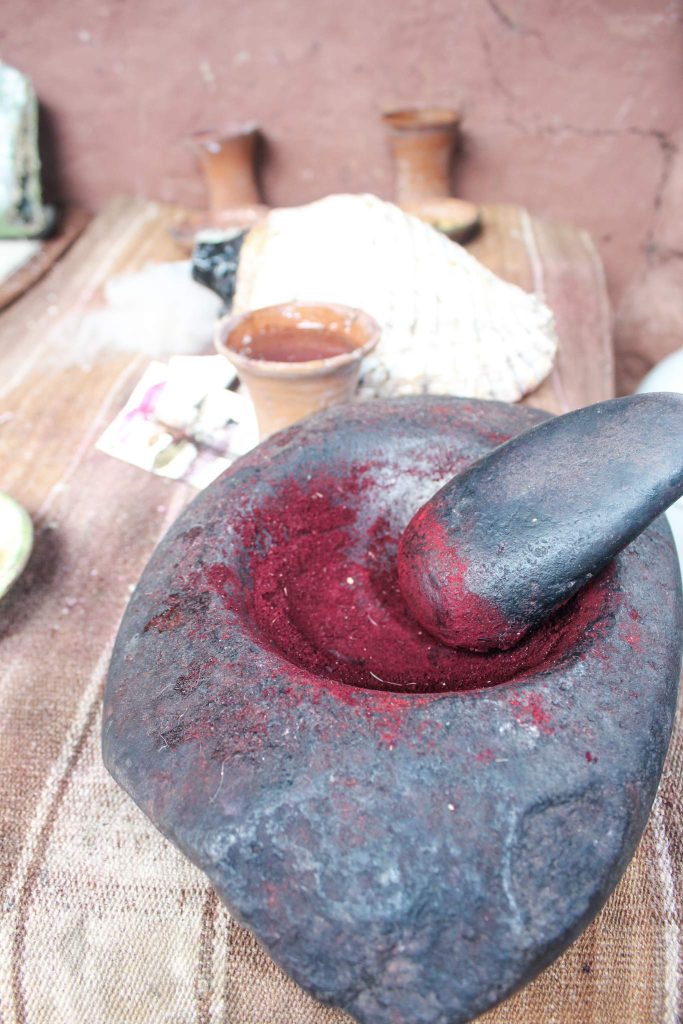
How to get ORANGE natural die
Orange can be created with cochneal by adding citric acid (known as sal de limón, or “lime salt”) to the dyeing mixture. Another source of orange dye is Yanali, a native slow-growing tree. The bark from this tree is bright orange, and it’s collected and chipped into small pieces, which are added fresh to a dye bath. It produces a yellow-orange color when boiled, and salt is used as a fixative.
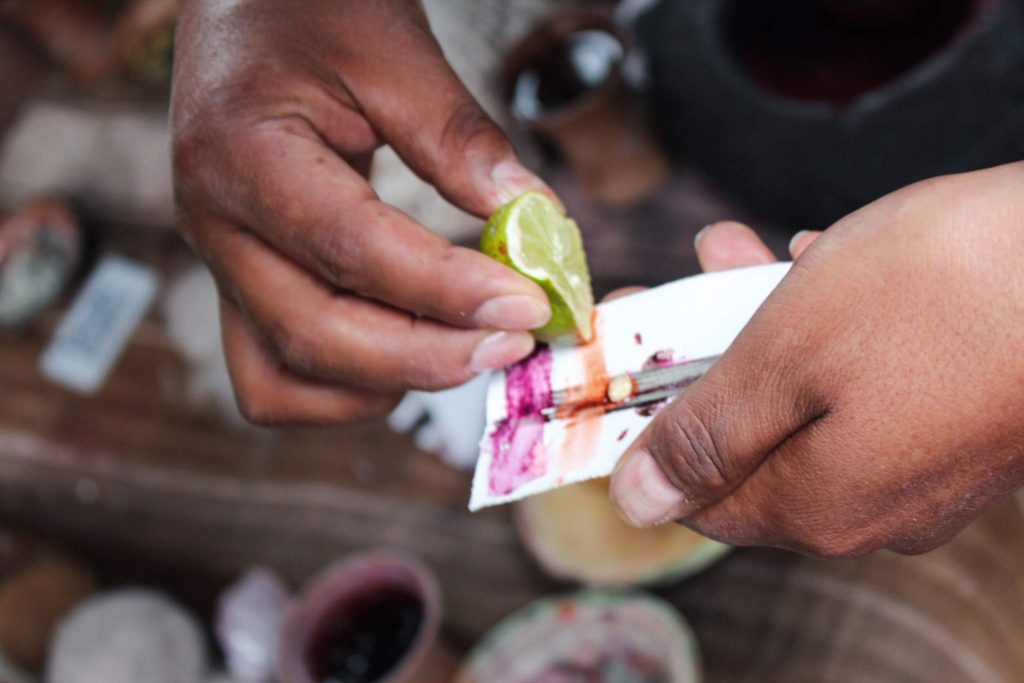
How to get GREEN natural die
Green dyes can be created from many different plants and minerals. Ch’illca is a leafy shrub with white flowers that is often used as a source of green dye. Fresh leaves are mixed with collpa, which is a mineral found in the jungles, and boiled together for an hour before yarn is added to be dyed. The essential oil from the Ch’illca shrub is also used for medicinal purposes , as well as for natural fabric dyes .
Traditional textile crafts have always made use of these natural dyes. With the increased popularity of natural, eco-friendly materials, many of these dyes are being used by artisans who draw on these native traditions, recognizing them as a natural and sustainable method of creating beautiful materials.
The hot spot for natural fabric dyes in Peru is Chinchero .
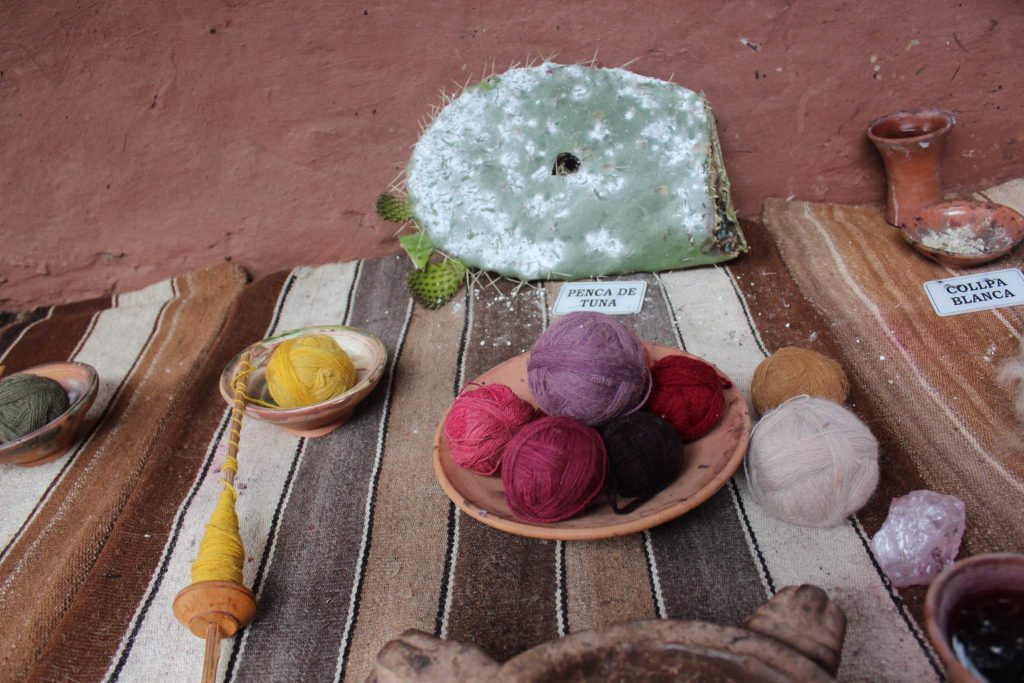
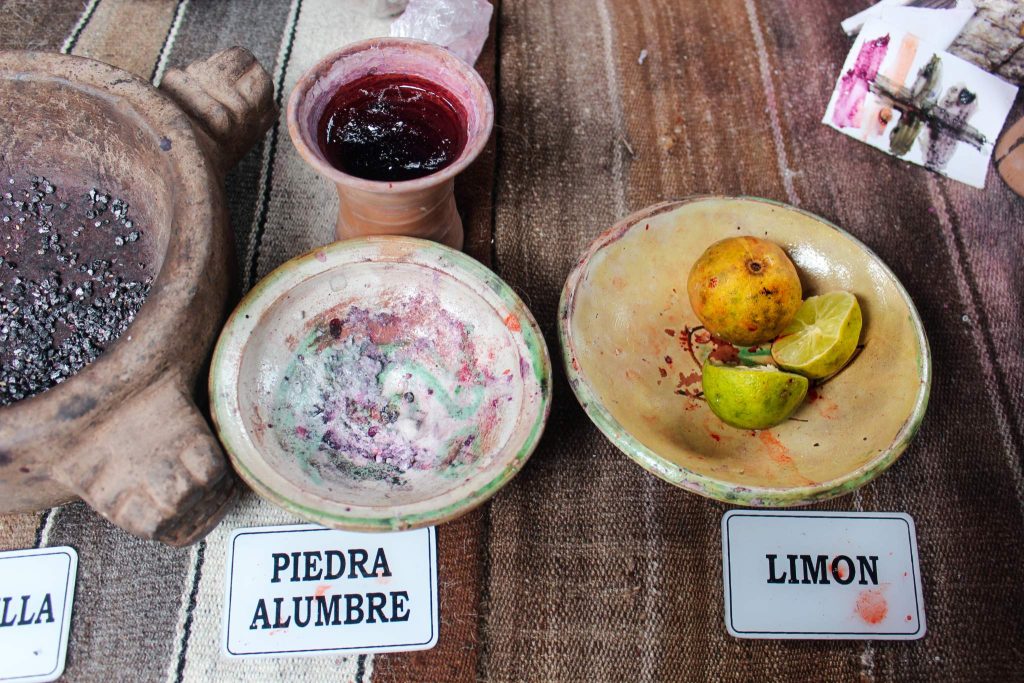
I hope this blog about natural fabric dyes was helpful !

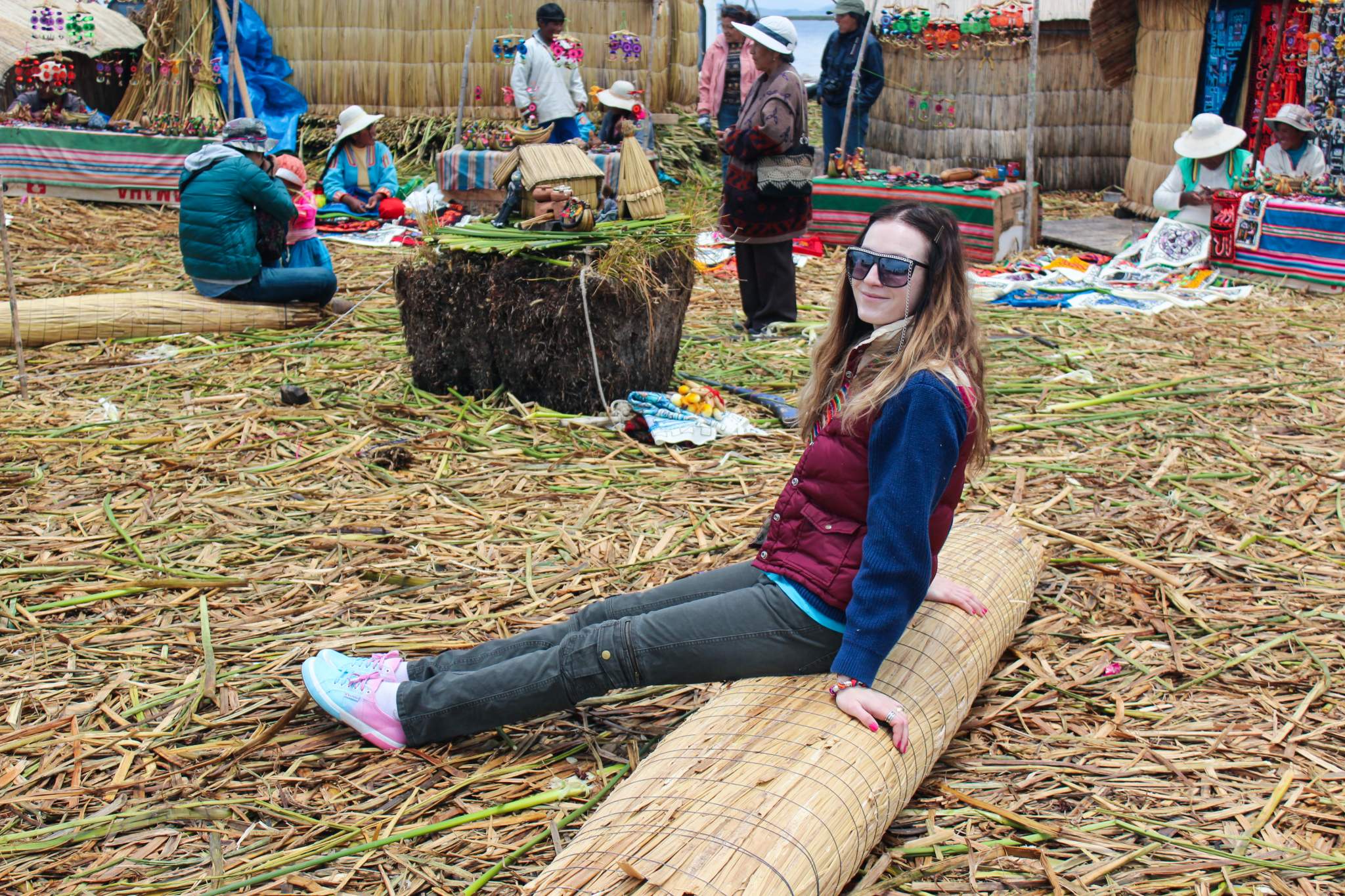
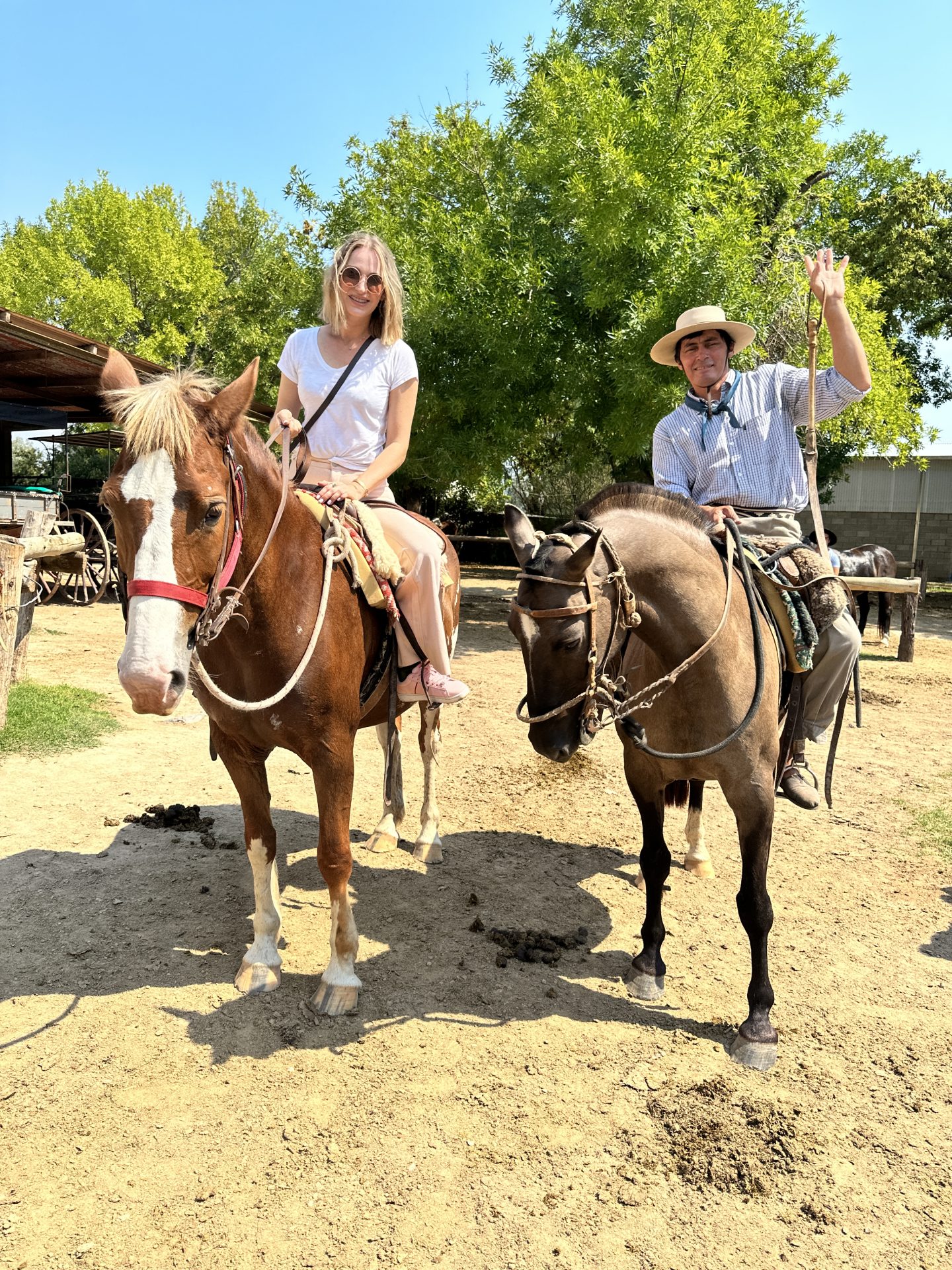
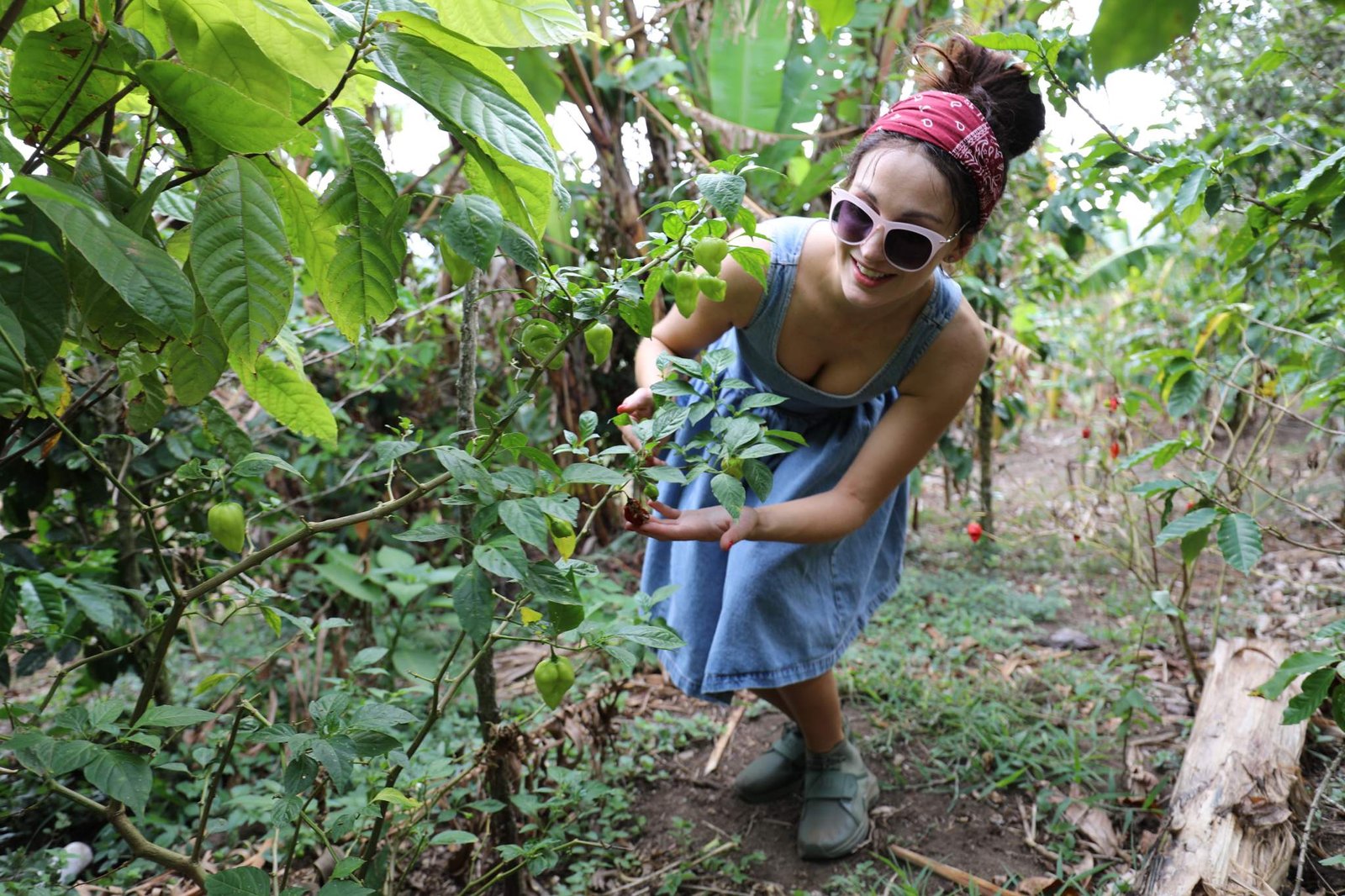
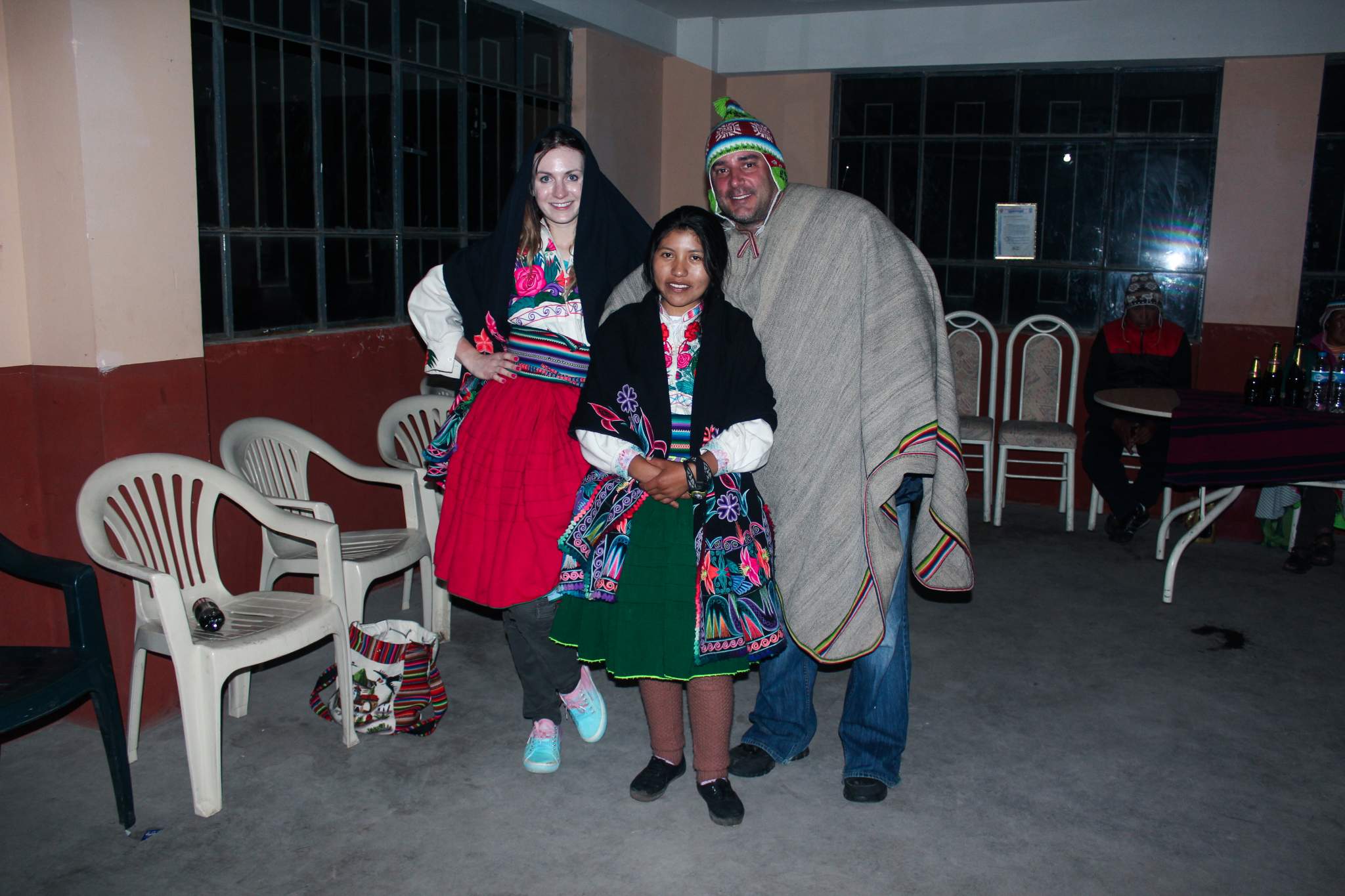
Leave a Reply